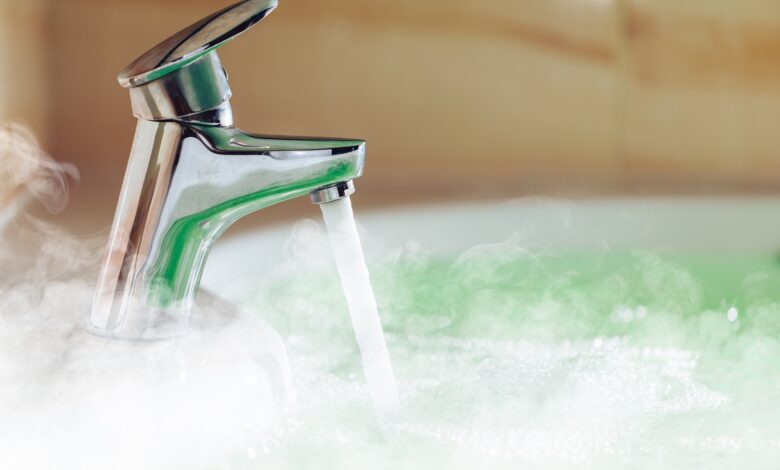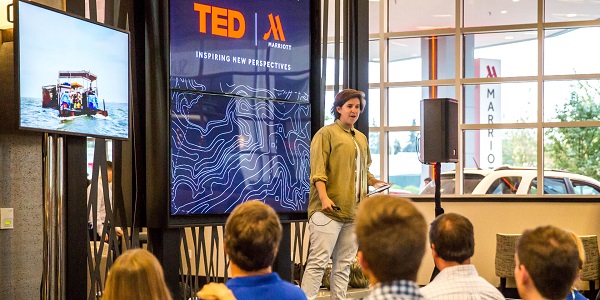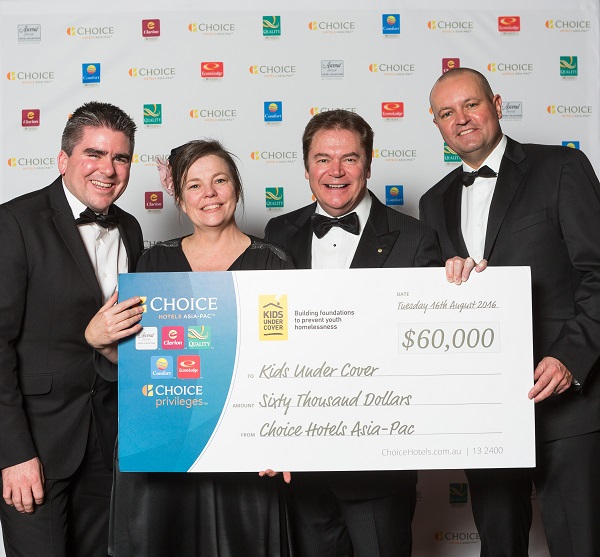
Hot water in hotels: Sustainable systems & seamless comfort
Delving into the world of sustainable commercial hot water systems: How do you provide utmost guest comfort while reducing your accom's environmental impact?
Hot water may seem like a basic amenity but in the world of hospitality it plays a pivotal role in guest comfort.
The quest for sustainability is stronger than ever and extends to every aspect of an accommodation’s operations but is striking the right balance between providing a seamless hot water experience while adhering to sustainability principles possible?
Originally published in the latest AccomNews print issue, available now. Read it HERE
Let’s delve into the world of sustainable commercial hot water systems and explore ways the sector can provide the utmost comfort and reduce its environmental impact.
Upgrade to more energy-efficient water heaters
Replace older, less efficient water heaters with modern, energy-efficient models. This is a fundamental step in reducing energy consumption.
Replace older, less efficient water heaters with modern, energy-efficient models. This is a fundamental step to reduce energy consumption.
Look for heaters with High Energy ratings or those certified to heat water efficiently, and with minimal energy wastage.
Install timers and thermostats
Timers and programmable thermostats control water heater operation based on occupancy patterns. For instance, you can set lower temperatures during periods of low demand, such as overnight, saving energy and lowering costs.
Use smart controls
The newest property management and energy management technology optimise water heater performance based on real-time occupancy data, weather conditions, and hot water demand.
These smart systems instantly adjust heating cycles for maximum efficiency without compromising the guest experience, in fact enhancing it.
Insulate
Properly insulated water heater tanks and hot water distribution pipes reduce heat loss and help maintain water temperature.
Regular maintenance
Schedule routine maintenance for water heaters to ensure they operate at peak efficiency. This includes flushing the tank to remove sediment buildup, checking for leaks, and inspecting heating elements or burners.
Heat recovery systems
An innovative approach to reducing energy consumption is the implementation of heat recovery systems. These systems capture waste heat from drain water and use it to preheat incoming cold water. Recycling heat that would otherwise be lost, can significantly reduce the workload on the water heater, resulting in energy savings.
Solar hot water systems
Harnessing renewable energy from the sun is a reliable and cost-effective way to heat water, reduce your property’s carbon footprint, and help combat climate change. The Australian government also offers incentives, tax credits, and rebates to encourage the installation of solar hot water systems.
However, while solar hot water systems offer numerous benefits for hotels, they also come with challenges related to cost, space, weather, maintenance, and integration. It’s a longer-term investment that pays off in time, but a thorough feasibility study should be completed to maximise its long-term benefits.
Optimise water heater sizing
Ensure that water heaters are appropriately sized to meet hot water demand without excess capacity. Oversized heaters lead to energy waste.
Implement demand-response programs
Participate in demand-response programs offered by utilities. These programs allow properties to reduce energy consumption during peak demand periods in exchange for incentives or lower rates.
Educate staff and guests
Train your team to follow energy-efficient practices, such as turning off water heaters when not in use. Educate guests about the hotel’s sustainability initiatives and encourage them to use hot water judiciously.
Monitor and analyse energy usage
Implement energy monitoring systems to track water heater energy consumption in real time. Analyse the data to identify patterns and areas for improvement.
A water recycling system?
Explore water recycling or greywater systems that treat and reuse wastewater for irrigation, cooling, or toilet flushing. This reduces the demand for hot water.
Regularly review and update practices
Periodically review and update your energy-saving practices and technologies to stay current with the latest advancements in water heater efficiency.
Insights from a hot water system supplier
AccomNews asked industry supplier Chris Taylor, Managing Director of Solar Thermal Australia, how his business is tackling the latest sustainability trends and challenges for hot water systems.
Chris Taylor: We’re committed to pushing the boundaries of hot water system sustainability. One of our key innovations is the integration of advanced control systems. Apart from traditional timer options, our controllers now feature a dry contact terminal that can be remotely activated. This allows property management systems and PV inverters to turn on the systems based on variables such as energy tariffs or solar excess availability.
Additionally, we’re in the process of developing remote activation via wifi through an API integration, making our systems even more versatile.
The recovery rate of our systems is a vital aspect of sustainability. Systems like our Reclaim product lead the way with a rapid recovery time of approximately 100 litres per hour. This is achieved thanks to our split system design and the use of a highly efficient CO2 natural refrigerant.
What about the latest energy-efficient technologies?
The commercial hot water landscape is evolving rapidly. We’re witnessing a shift from gas boilers to electrification, and our products are right at the forefront of this transition. Our Reclaim Energy heat pumps are available in various sizes, ranging from five to 20 kW, with options for different refrigerants and performance levels.
One of our standout features is the use of CO2 as the refrigerant, with an exceptionally low global warming rating of one. We’re also expanding our product line to include units with a thermal output of up to 20 kW, specifically designed for small commercial applications, and they can be banked together for larger demands. However, it’s essential to consider factors such as return temperature when implementing heat pumps in commercial spaces, and sometimes using electric or gas-boosting finishing tanks alongside heat pumps can be part of the design.
Mandy has over 17 years of accommodation and tourism industry writing experience and is Editor of AccomNews & Resort News, Publisher of SchoolNews & Director of Multimedia Pty Ltd. She is a retired registered nurse with a 25-year NHS career that followed a few unforgettable years in hotel housekeeping.







